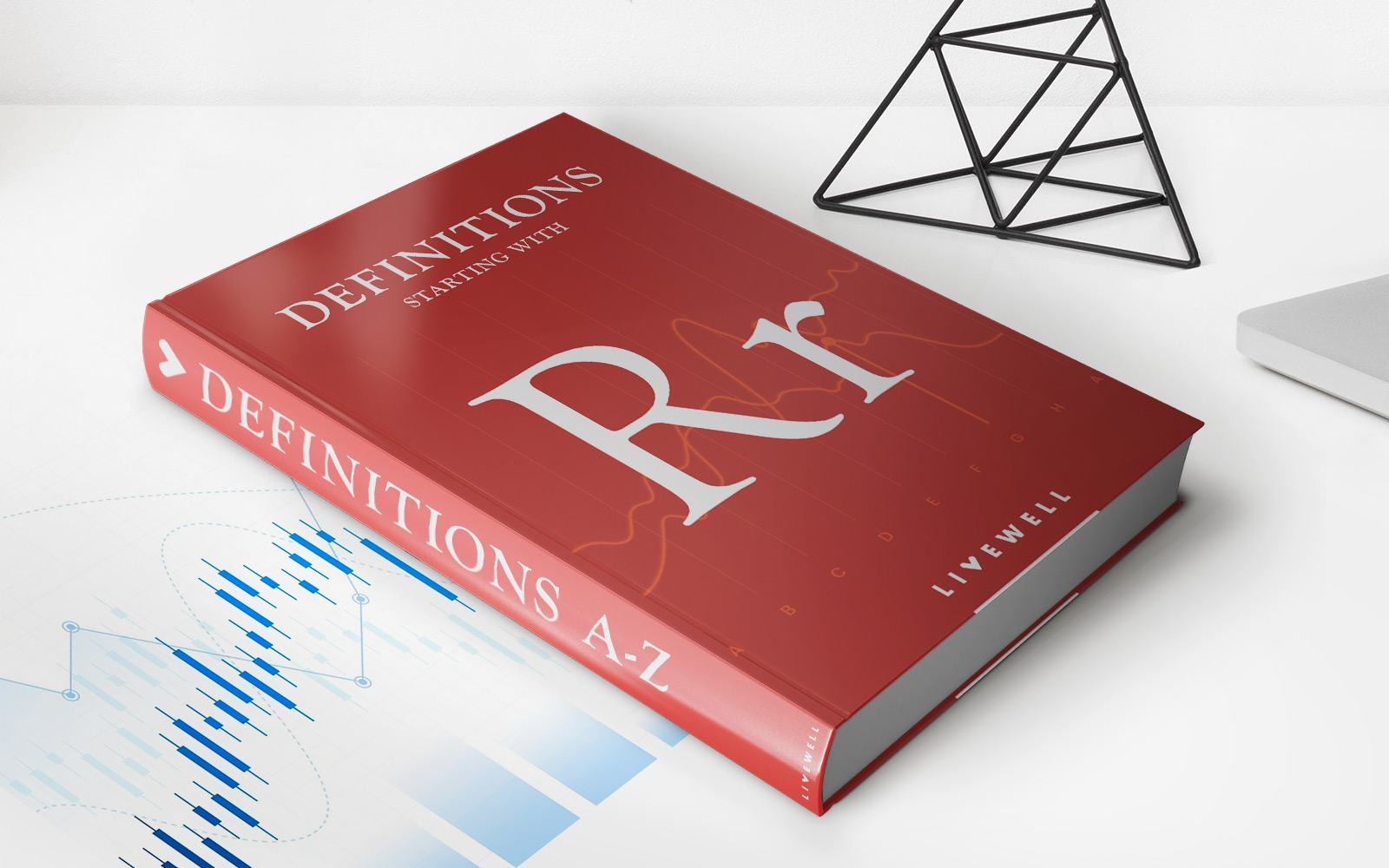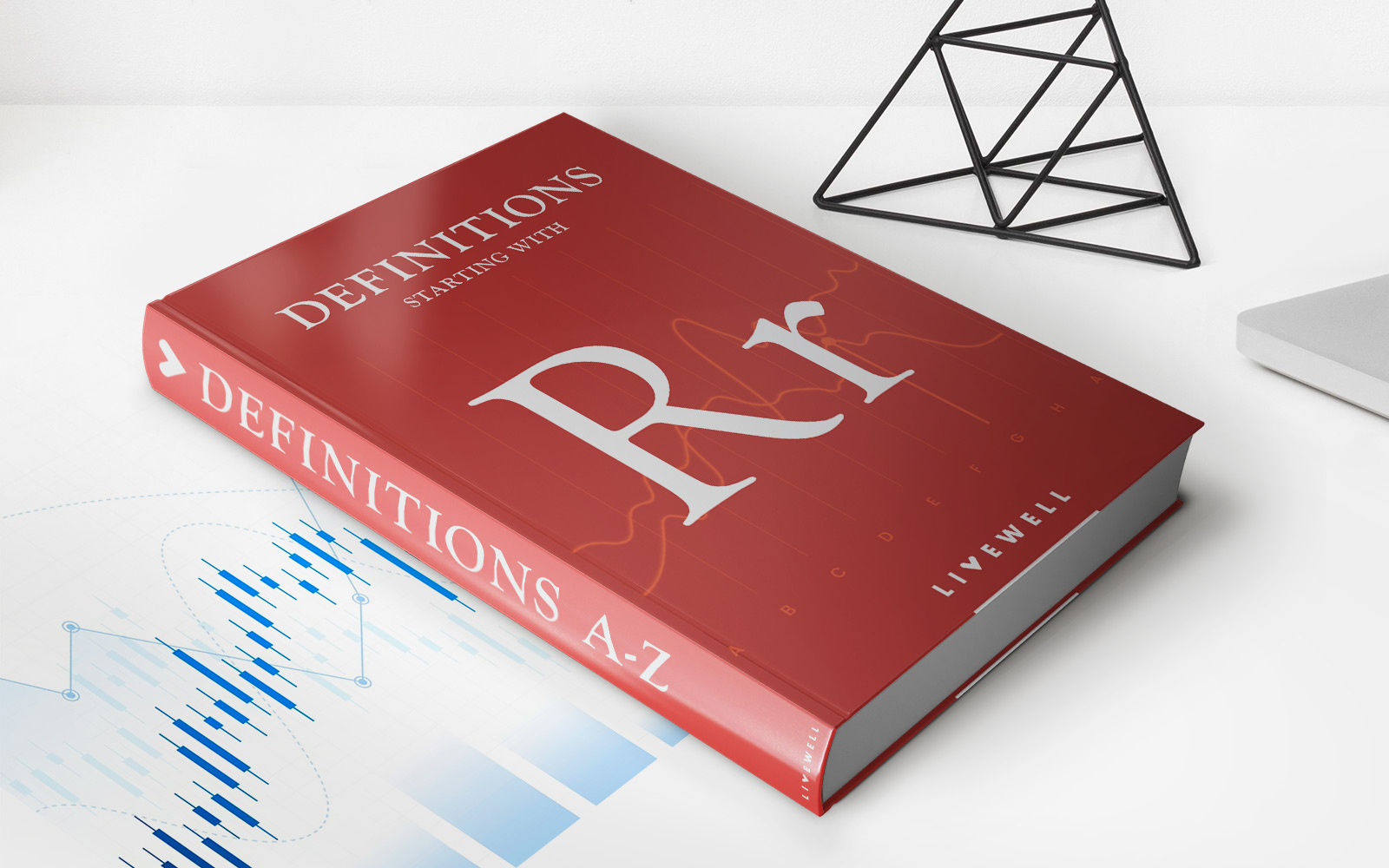Home>Finance>Rolling Returns: Definition, Example, And How To Analyze


Finance
Rolling Returns: Definition, Example, And How To Analyze
Published: January 22, 2024
Learn how to analyze rolling returns in finance with a detailed definition and example. Upgrade your financial analysis skills today!
(Many of the links in this article redirect to a specific reviewed product. Your purchase of these products through affiliate links helps to generate commission for LiveWell, at no extra cost. Learn more)
The Power of Rolling Returns in Financial Analysis
When it comes to evaluating the performance of investments or financial products, one metric that often comes into play is rolling returns. But what exactly are rolling returns, how do they work, and why are they important? In this article, we’ll explore the definition of rolling returns, provide an example to illustrate their significance, and also discuss how to analyze them effectively.
Key Takeaways:
- Rolling returns are a performance measurement tool that provides a snapshot of an investment’s returns over a specified period.
- They help investors to gain a clearer understanding of an investment’s performance by considering different time frames.
To put it simply, rolling returns measure the return on an investment over a continuous series of periods. Unlike typical returns, which measure the performance of an investment over a fixed time frame (e.g. one year or five years), rolling returns provide a dynamic picture by rolling the time frame forward one period at a time. This allows investors to evaluate an investment’s performance under different market conditions and adjust their strategy accordingly.
Let’s illustrate this concept with an example. Suppose you invested in a mutual fund at the beginning of 2010. By the end of 2020, the fund has delivered an impressive average annual return of 10%. However, simply looking at the average return over this 11-year period may not provide the complete picture. By examining rolling returns, you may discover that the fund experienced significant volatility and even negative returns during certain periods, such as during the financial crisis of 2008. This insight can help you make more informed decisions about your investment strategy and risk tolerance.
Now that we understand the importance of rolling returns, how can we analyze them effectively? Here are some steps to follow:
- Select a time frame: Decide on the desired time length for your rolling returns analysis, such as one year, three years, or five years.
- Calculate rolling returns: Calculate the returns for each overlapping period in the chosen time frame. For example, if you chose five years, calculate the returns for the first five-year period, then the second five-year period, and so on.
- Plot the results: Create a graph or chart to visualize the rolling returns over time. This can help identify patterns, trends, or periods of underperformance.
- Analyze the data: Examine the rolling returns to gain insights into the investment’s performance, such as identifying strong and weak periods.
By conducting a thorough analysis of rolling returns, investors can make more informed decisions about their investment strategies and potentially adjust their portfolios to optimize returns while managing risk effectively.
In Conclusion
Rolling returns provide a valuable tool for evaluating the performance of investments over different time frames. By considering a rolling approach, investors can gain a more comprehensive understanding of an investment’s risk and return profile. Remember, when analyzing rolling returns, it’s essential to select an appropriate time frame and interpret the results in the context of market conditions and investment objectives. So, the next time you’re evaluating an investment, be sure to take a closer look at its rolling returns!














